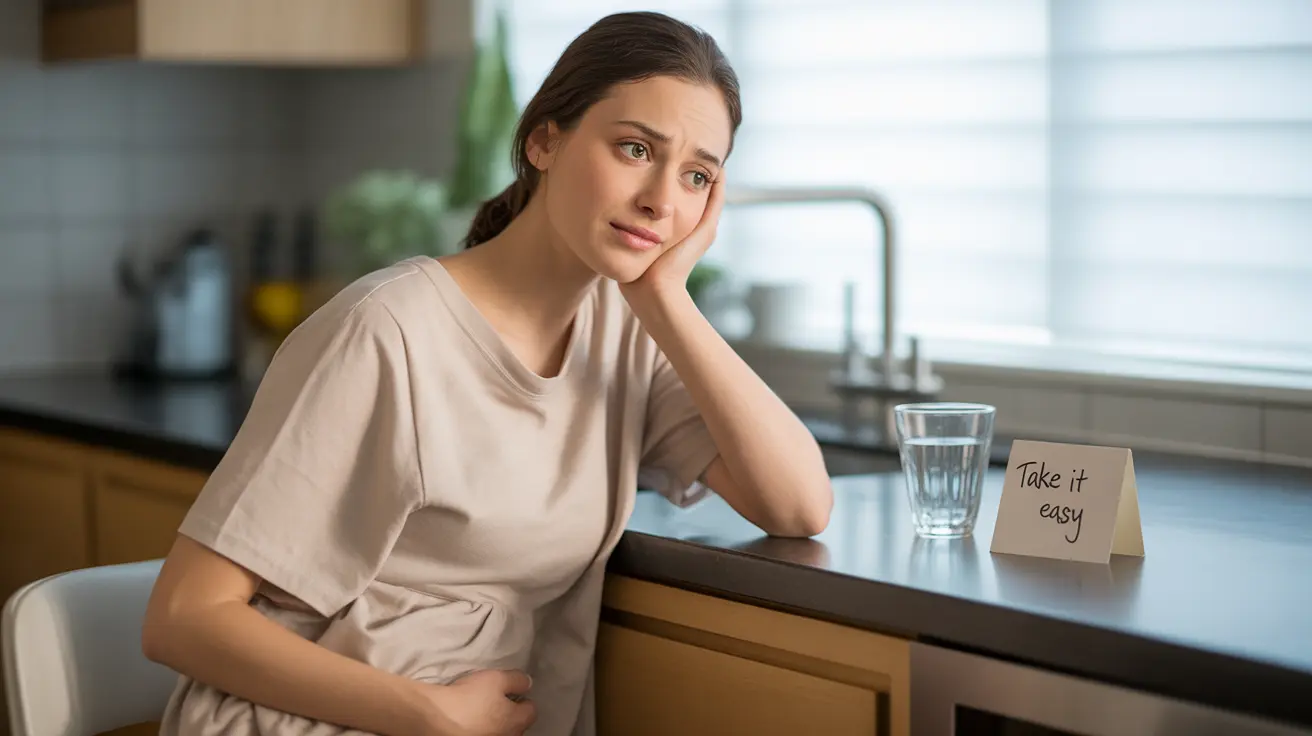When conservative treatments like CPAP machines don't provide adequate relief for sleep apnea, surgical interventions may offer an alternative solution. Understanding the various surgical options available, their effectiveness, and potential risks is crucial for making informed decisions about sleep apnea treatment.
This comprehensive guide explores different surgical approaches for treating sleep apnea, helping you understand what to expect and whether surgery might be right for your situation.
Types of Sleep Apnea Surgery
Several surgical procedures target different anatomical areas that contribute to sleep apnea. Each type addresses specific structural issues that may be causing airway obstruction during sleep.
Uvulopalatopharyngoplasty (UPPP)
UPPP is one of the most common surgical procedures for sleep apnea. This surgery involves removing excess tissue from the soft palate and throat to widen the airway. The procedure may also include removing the tonsils and adenoids if they haven't been previously removed.
Maxillomandibular Advancement (MMA)
This more complex procedure involves moving both the upper and lower jaw forward to enlarge the space behind the tongue and soft palate. MMA surgery can be particularly effective for patients with facial structure issues contributing to their sleep apnea.
Hypoglossal Nerve Stimulation (HNS)
This innovative treatment involves implanting a device that stimulates the hypoglossal nerve, which controls tongue movement. The device activates during sleep, keeping the tongue from blocking the airway.
Effectiveness and Success Rates
The success of sleep apnea surgery varies depending on the procedure type and individual patient factors. While some patients experience significant improvement or complete resolution of their sleep apnea, others may see more modest results.
Factors Affecting Surgical Success
Several factors influence surgical outcomes, including:
- Severity of sleep apnea
- Body mass index (BMI)
- Age and overall health
- Specific anatomical causes of the sleep apnea
- Surgeon's experience and expertise
Recovery and Post-Surgery Care
Recovery times vary significantly depending on the type of surgery performed. Some procedures may require only a few days of recovery, while others might need several weeks. Following post-operative instructions carefully is crucial for optimal results.
Frequently Asked Questions
What are the different types of surgery for sleep apnea, and how do they work?
Sleep apnea surgeries include UPPP (removing excess throat tissue), MMA (repositioning the jaw), and HNS (nerve stimulation). Each procedure works by either creating more space in the airway, repositioning structures that obstruct breathing, or activating muscles that keep the airway open during sleep.
How effective is uvulopalatopharyngoplasty (UPPP) in treating obstructive sleep apnea?
UPPP shows varying success rates, with approximately 50-60% of patients experiencing significant improvement in their sleep apnea symptoms. Success rates are typically higher in carefully selected patients with specific anatomical issues in the soft palate area.
What are the common risks or complications associated with sleep apnea surgery?
Common risks include temporary pain, swelling, difficulty swallowing, changes in voice, and potential infection. More serious but rare complications can include bleeding, adverse reactions to anesthesia, and in some cases, changes in how the palate closes during speech.
Can surgery eliminate the need for a CPAP machine entirely, and what are the criteria for this?
While some patients may completely eliminate their need for CPAP after surgery, others might still require it at a lower pressure setting. Success depends on factors like sleep apnea severity, anatomical issues, and the specific surgery performed. Ideal candidates typically have clearly identifiable anatomical causes for their sleep apnea.
How does hypoglossal nerve stimulation (HNS) help manage obstructive sleep apnea, and who is a good candidate for this procedure?
HNS works by delivering mild stimulation to the hypoglossal nerve, which controls tongue movement, keeping the airway open during sleep. Good candidates are typically those with moderate to severe sleep apnea who can't tolerate CPAP, have a BMI under 32, and don't have certain anatomical issues that would prevent success.




